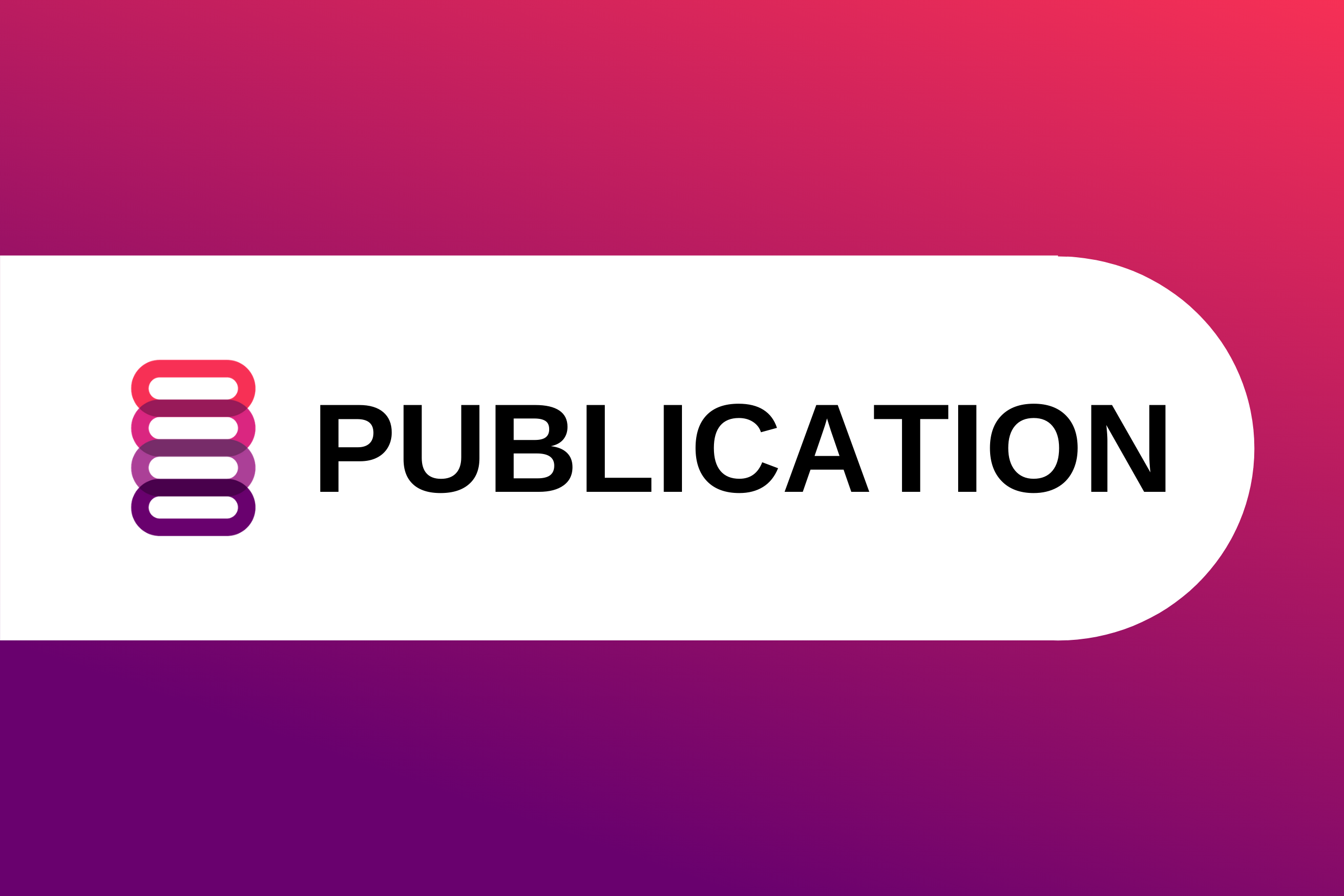According to an Institute for Women’s Policy Research (IWPR)
analysis
of the September employment report from the U.S. Bureau of Labor Statistics (BLS), women gained 107,000 jobs and men gained 66,000 for a total of 173,000 jobs added in August. The overall unemployment rate decreased to 5.1 percent in August from 5.3 percent in July.
In August, women’s employment growth was strong in Educational and Health Services (53,000 jobs gained by women), Government (25,000 jobs gained by women), and Professional and Business Services (20,000 jobs gained by women).
In the last year, from August 2014 to August 2015, of the 2.9 million jobs added to payrolls, more than half were filled by women (53 percent or 1,539,400 jobs) and slightly less than half were filled by men (47 percent or 1,379,500 jobs). Between August 2014 and August 2015 women’s job gains were strongest in Education and Health Services (510,000 jobs added for women), Professional and Business Services (275,000 jobs added for women), Leisure and Hospitality (214,000 jobs added for women), and Retail Trade (180,800 jobs added for women). Men’s job gains were strongest in Professional and Business Services (366,000 jobs added for men), Construction (192,000 jobs added for men), and Leisure and Hospitality (225,000 jobs added for men), and Retail Trade (151,700 jobs added for men). However, men lost 73,000 jobs in Mining and Logging during the past year.
According to the household survey data reported by the BLS, the unemployment rate for women aged 16 and older decreased to 5.1 percent in August from 5.3 percent in July. The unemployment rate for men aged 16 and older decreased to 5.1 percent in August from 5.2 percent in July. Among workers aged 20 and older, unemployment is higher among black women and men (8.1 percent and 9.2 percent, respectively) and Hispanic women and men (7.0 percent and 5.3 percent, respectively) compared with white women and men (4.1 percent for both women and men). Among single mothers (female heads of households), the unemployment rate increased to 8.1 percent in August from 8.0 percent in July. Unemployment for single mothers is substantially lower than its peak five years ago, 13.4 percent in July and August 2010. The unemployment rate for single mothers is not seasonally adjusted and can fluctuate due to small sample sizes in the household survey.
The overall labor force participation rate remained steady at 62.6 percent in August from July. Women’s labor force participation rate remained at 56.7 percent in July and August, but remains 2.7 percentage points lower than the 59.4 percent rate in December 2007, at the start of the Great Recession. Men’s labor force participation rate decreased from 69.0 percent in July to 68.8 percent in August, and is now 4.3 percentage points lower than the 73.1 percent rate in December 2007.
As of August, 8.0 million workers remain unemployed and, of these, 2.2 million (27.7 percent) have been unemployed for 27 weeks or longer, usually referred to as the long-term unemployed. This share has declined by 3.5 percentage points in the past year, from 31.2 percent in August 2014. An additional 6.5 million workers are working part-time in August for reasons such as slack work or unfavorable business conditions, inability to find full-time work, or seasonal declines in demand. In the past year 740,000 fewer workers report involuntary part-time work for these reasons, a substantial decline from 7.2 million in August 2014.
The Institute for Women’s Policy Research (IWPR) conducts rigorous research and disseminates its findings to address the needs of women, promote public dialogue, and strengthen families, communities, and societies. The Institute’s research strives to give voice to the needs of women from diverse ethnic and racial backgrounds across the income spectrum and to ensure that their perspectives enter the public debate on ending discrimination and inequality, improving opportunity, and increasing economic security for women and families. The Institute works with policymakers, scholars, and public interest groups to design, execute, and disseminate research and to build a diverse network of individuals and organizations that conduct and use women-oriented policy research. IWPR’s work is supported by foundation grants, government grants and contracts, donations from individuals, and contributions from organizations and corporations. IWPR is a 501(c)(3) tax-exempt organization that also works in affiliation with the women’s studies and public policy and public administration programs at The George Washington University.


